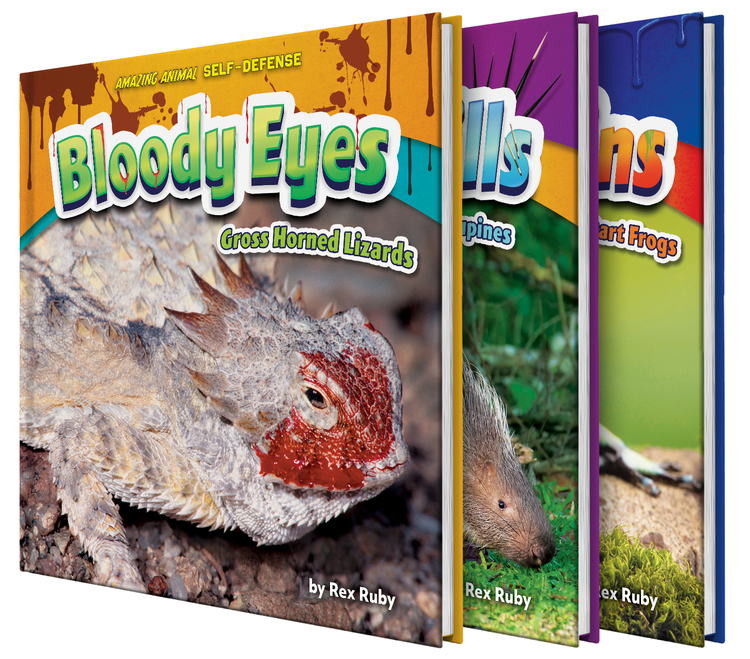Throughout history, the relationship between humans and animals has been fraught with complexity. This extends to the realm of self-defense, where encounters with wildlife can lead to instances of violence and, regrettably, abuse. The pivotal question at the heart of this discourse is: when does self-defense against animals cross into the territory of cruelty? To explore this critical issue, it is imperative to examine various scenarios, societal norms, and the ethical implications involved.
The nature of animal encounters varies widely, from domesticated pets to untamed wildlife. Each species, particularly when threatened or startled, may react instinctively and aggressively. A classic case is that of a dog aggressively lunging at a person, incited by fear, territorial instincts, or protective behavior. In such situations, individuals often feel compelled to take immediate action to protect themselves. The methodology of this defense, however, is where the potential for abuse arises.
Self-defense should ideally involve de-escalation techniques aimed at minimizing harm to both human and animal. Yet, reports abound of individuals resorting to disproportionate responses, such as beating or killing an aggressive animal rather than employing humane methods. The line between necessary self-defense and unjustified cruelty can become blurred in these moments of panic. Training in animal behavior and emergency response can mitigate this fallout, ensuring that individuals understand their options beyond violent reprisal.
Another critical scenario involves encounters with wildlife, including bears, coyotes, or snakes. In urban environments, these animals can inadvertently wander into human habitats, leading to alarming confrontations. Consider the case of an individual encountering a bear rummaging through outdoor garbage. In the heat of the moment, it is conceivable for a person to feel threatened, resulting in the use of deadly force—an action that could be deemed unnecessary if other deterrent measures, such as noise-making or bear spray, could effectively drive the animal away.
Moreover, the legal framework surrounding animal encounters can complicate matters. Different jurisdictions have varying laws regarding self-defense against animals. In some regions, individuals may face legal repercussions for harming or killing wildlife, while in others, they might be granted immunity under self-defense statutes. It is imperative to foster awareness about these laws, making citizens cognizant that self-preservation should not come at the cost of unnecessary harm to animals. A lack of education can lead to tragic consequences, where both parties—human and animal—suffer needlessly.
Furthermore, the societal perspective on animal cruelty significantly influences individual behavior. In cultures that promote a deep reverence for all living beings, the threshold for self-defense is naturally heightened. Here, harm against animals, even in protection of self, is often condemned and viewed through a lens of compassion. In contrast, societies that prioritize human life above all can lead to a more aggressive stance towards animal encounters, igniting the potential for cruelty under the guise of self-defense.
Additionally, psychological factors play a crucial role in self-defense situations. Fear can cloud judgment, and in some instances, individuals may react instinctively, without fully assessing the threat posed by an animal. This psychological stress can lead to overreactions that spiral into cruel outcomes. Increasing awareness of one’s mental state during an encounter can encourage individuals to prioritize rationality over impulsivity, optimizing responses towards non-lethal deterrence methods.
Alongside the psychological aspect, the role of media portrayal cannot be underestimated. News outlets often sensationalize attacks by wild animals or stray pets, creating a narrative that fosters fear and hostility toward these creatures. This can result in public sentiment that justifies violence against animals in self-defense. Media education can serve as an antidote, providing nuanced coverage that emphasizes coexistence and understanding, rather than demonization, of wildlife.
Education and advocacy initiatives focusing on conflict resolution with animals stand as vital tools. Programs promoting wildlife awareness, respectful coexistence, and humane self-defense tactics equip individuals with the knowledge necessary to handle unexpected animal encounters safely, effectively, and ethically. Workshops and community events can foster a culture of compassion, encouraging proactive measures in lieu of reactive aggression.
In conclusion, the dichotomy of self-defense versus abuse remains a precarious one. While self-defense may occasionally necessitate action against animals, it is imperative to always consider the ramifications of such actions. Education, societal attitudes, and psychological awareness all intersect in this discussion, underscoring the need for a holistic approach to human-animal encounters. By advocating for humane treatment and understanding, society can progress towards a future where self-defense does not equate to animal cruelty—a future where compassion leads our interactions with all creatures, great and small.








